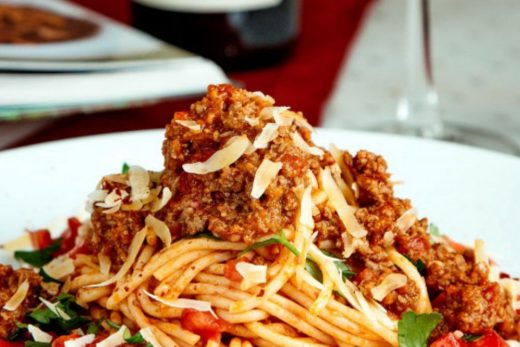When I first came across this reference to adding a tablespoon of “gumbo,” I was a bit deflated. I was expecting to find a clear divide between the two main 19th century gumbo styles: okra gumbo, a long-standing African tradition, and filé gumbo, a Louisiana adaptation that enlisted a Native American ingredient. I expected that Abby Fisher, whose cooking by all reasonable explanations would have drawn primarily upon her experience in Alabama and possibly South Carolina, wouldn’t be one to use filé. But, there it was.
It took several days before the realization hit me, and it’s an explanation that’s easy to miss in this era of frozen foods and vegetables grown in California and Peru and shipped thousands of miles in refrigerated containers. Okra is seasonal, and in the South it can be picked only from July until October. In the 19th century, one couldn’t make gombo févi in December or May because there was no okra to put in it. But okra’s thickening effect could be simulated in a stew by using dried and powdered sassafras leaves.





